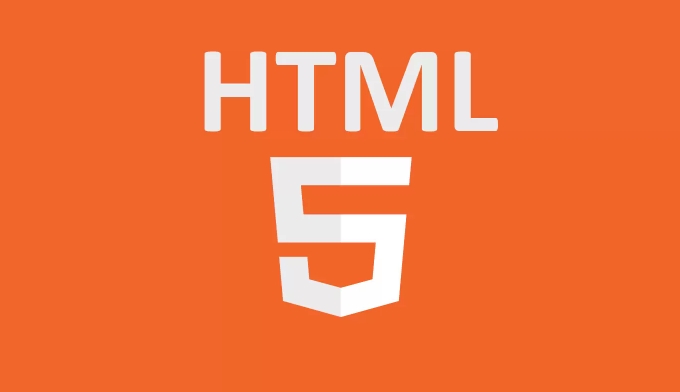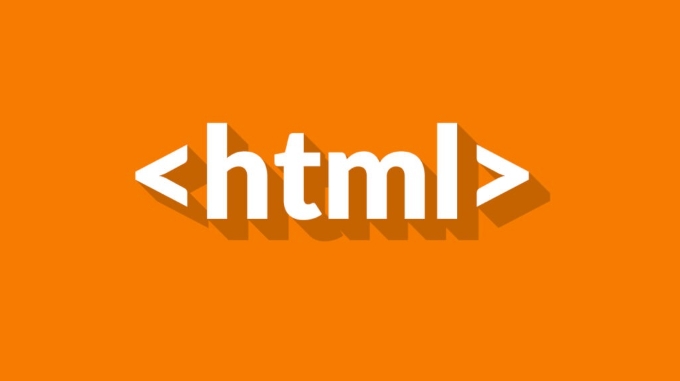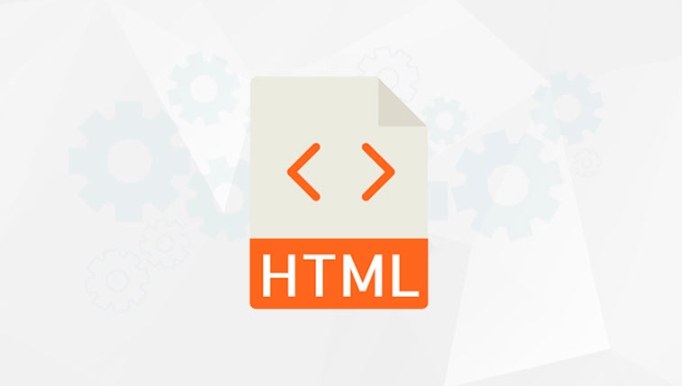Tags are keywords or tags that help categorize and organize content and are commonly used in blogs, social media platforms, video websites, and email systems. They help users find relevant content by improving the discoverability of content, such as using tags like #easyrecipe or #bakingathome to attract audiences interested in recipes and baking. To use tags effectively, you need to choose specific and relevant tags, such as #quickdesserts instead of #food; use popular and niche tags to balance exposure and accuracy; refer to tags for successful content but avoid copying; pay attention to tag locations and put them in the description on Instagram or TikTok more neatly and effectively. Different platforms have different ways of adding tags, and can be added in their respective tag areas or descriptions. Proper use of tags can significantly improve the chances of content being seen by the target audience.

A tag is a keyword or label that helps category and organize content. It's commonly used on blogs, social media platforms, video sites, and even in email systems. Think of it like a mini-description that tells both users and the platform what a piece of content is about.
 tag?" />
tag?" />Why tags matter
Tags help with discoverability. When you add relevant tags to a post or video, it becomes easier for others to find it when searching or browser related topics. For example, if you post a recipe for banana bread, using tags like #easyrecipe or #bakingathome can help people interested in those topics stumble upon your content.
How to use tags effectively
Using tags well isn't just about adding a bunch — it's about choosing the right ones.
 tag?" />
tag?" />- Pick specific and relevant tags – instead of broadcast tags like #food, go for something more targeted like #quickdesserts or #healthybreakfast.
- Mix popular and niche tags – A few widely-used tags can boost visibility, while more specific ones help reaches a dedicated audience.
- Check what works – See what tags similar successful posts are using and get inspiration from them, but don't just copy — make sure they fit your content.
One thing many overlook is tag placement. On some platforms, like Instagram, placing tags in the caption instead of the comments might not make a difference in reach, but it does keep things neat and visible.
Where do you add tags?
It depends on the platform:
 tag?" />
tag?" />- On Instagram , you add them in the caption or comment section.
- On TikTok , they go in the description when uploading a video.
- On blogs or websites , they're usually added behind the scenes in a tag field.
Some platforms also let you click or search tags, which makes navigating related content easier.
Basically that's it. They may seem small, but using the right tags in the right way can really help your content get seen by the right people.
The above is the detailed content of What is the tag?. For more information, please follow other related articles on the PHP Chinese website!

Hot AI Tools

Undress AI Tool
Undress images for free

Undresser.AI Undress
AI-powered app for creating realistic nude photos

AI Clothes Remover
Online AI tool for removing clothes from photos.

Clothoff.io
AI clothes remover

Video Face Swap
Swap faces in any video effortlessly with our completely free AI face swap tool!

Hot Article

Hot Tools

Notepad++7.3.1
Easy-to-use and free code editor

SublimeText3 Chinese version
Chinese version, very easy to use

Zend Studio 13.0.1
Powerful PHP integrated development environment

Dreamweaver CS6
Visual web development tools

SublimeText3 Mac version
God-level code editing software (SublimeText3)

Hot Topics
 Implementing Native Lazy Loading for Images in HTML
Jul 12, 2025 am 12:48 AM
Implementing Native Lazy Loading for Images in HTML
Jul 12, 2025 am 12:48 AM
Native lazy loading is a built-in browser function that enables lazy loading of pictures by adding loading="lazy" attribute to the tag. 1. It does not require JavaScript or third-party libraries, and is used directly in HTML; 2. It is suitable for pictures that are not displayed on the first screen below the page, picture gallery scrolling add-ons and large picture resources; 3. It is not suitable for pictures with first screen or display:none; 4. When using it, a suitable placeholder should be set to avoid layout jitter; 5. It should optimize responsive image loading in combination with srcset and sizes attributes; 6. Compatibility issues need to be considered. Some old browsers do not support it. They can be used through feature detection and combined with JavaScript solutions.
 Implementing Responsive Images with the HTML srcset and sizes Attributes
Jul 12, 2025 am 12:15 AM
Implementing Responsive Images with the HTML srcset and sizes Attributes
Jul 12, 2025 am 12:15 AM
srcset and sizes are key properties for HTML implementation of responsive images. srcset provides multiple image sources and their width or pixel density, such as 400w and 800w, and the browser selects the appropriate image accordingly; sizes defines the display width of the image under different screen widths, such as (max-width: 600px)100vw, 50vw, so that the browser can more accurately match the image size. In actual use, you need to prepare multi-size pictures, clearly named, design layout in accordance with media query, and test the performance of the equipment to avoid ignoring sizes or unit errors, thereby saving bandwidth and improving performance.
 Creating Hyperlinks for Navigation with the HTML a Tag
Jul 11, 2025 am 03:03 AM
Creating Hyperlinks for Navigation with the HTML a Tag
Jul 11, 2025 am 03:03 AM
Using HTML tags, you can use the href attribute to realize page jump, open new windows, positioning within pages and email and phone link functions. 1. Basic usage: Specify the target address through href, such as accessing a web page; 2. Open a new window: add target="_blank" and rel="noopener" attributes; 3. Jump within the page: combine id and # symbol to achieve anchor point positioning; 4. Email phone link: use mailto: or tel: protocol to trigger system applications.
 What are the differences and use cases for html textarea and input type text?
Jul 12, 2025 am 02:48 AM
What are the differences and use cases for html textarea and input type text?
Jul 12, 2025 am 02:48 AM
The main difference is that textarea supports multiple lines of text input, while inputtext is only available in a single line. 1. Use inputtype="text" to be suitable for short and single-line user input, such as username, email address, etc., and can set maxlength to limit the number of characters. The browser provides automatic filling function, making it easier to uniformly style across browsers; 2. Use textarea for scenarios that require multiple lines of input, such as comment boxes, feedback forms, support line breaks and paragraphs, and can control the size through CSS or disable the adjustment function. Both support form features such as placeholders and required fills, but textarea defines the size through rows and cols, and input uses the size attribute.
 The `` vs. `` in HTML
Jul 19, 2025 am 12:41 AM
The `` vs. `` in HTML
Jul 19, 2025 am 12:41 AM
It is a block-level element, used to divide large block content areas; it is an inline element, suitable for wrapping small segments of text or content fragments. The specific differences are as follows: 1. Exclusively occupy a row, width and height, inner and outer margins can be set, which are often used in layout structures such as headers, sidebars, etc.; 2. Do not wrap lines, only occupy the content width, and are used for local style control such as discoloration, bolding, etc.; 3. In terms of usage scenarios, it is suitable for the layout and structure organization of the overall area, and is used for small-scale style adjustments that do not affect the overall layout; 4. When nesting, it can contain any elements, and block-level elements should not be nested inside.
 Implementing Drag and Drop Functionality Using HTML APIs
Jul 10, 2025 pm 01:50 PM
Implementing Drag and Drop Functionality Using HTML APIs
Jul 10, 2025 pm 01:50 PM
The key steps to implement the draggable function include: 1. Use the draggable attribute of HTML5 to make the elements draggable; 2. Set drag data through the dragstart event; 3. Listen to the dragover and drop event processing placement logic in the target area; 4. Use the FileList object to implement drag and drop upload. The HTML5 native drag and drop API uses a series of event control processes, such as dragstart, dragover, drop, etc., where draggable custom elements need to be set to set draggable="true" and bind dragstart event, and call setData() to save data. The dr must be blocked when handling drag and drop
 Understanding the slot Element in HTML for Web Components
Jul 11, 2025 am 12:46 AM
Understanding the slot Element in HTML for Web Components
Jul 11, 2025 am 12:46 AM
Is a placeholder for content distribution in WebComponents, allowing content within custom component tags to be inserted into the specified location of the component template. 1. The default slot receives content from unspecified locations; 2. The named slot distinguishes multiple slot areas through the name attribute; 3. The slot can set back content to display default information when content is not passed in; 4. The slot content scope belongs to the parent component, and attention should be paid to browser compatibility and structural nesting issues. Mastered use can improve component flexibility and reusability, but common mistakes include missing slot attributes or inappropriate access to slot content.
 Structuring Content with HTML Headings and Paragraphs
Jul 12, 2025 am 02:44 AM
Structuring Content with HTML Headings and Paragraphs
Jul 12, 2025 am 02:44 AM
When writing web content, you need to pay attention to the title and paragraph structure to improve the reading experience and SEO effect. 1. The title level should be clear. A page should only use one h1 as the main title, h2 as the title of the big section, and h3 subdivides the subsections to avoid multiple h1, skip grades or keyword piles up; 2. The paragraph should be controlled in three to four lines, and the key points should be directly mentioned at the beginning, and if necessary, use the ul list to enhance readability; 3. Appropriately use the subtitles of h2 and h3 to guide readers' attention, facilitate information search and optimize search engine recognition.






